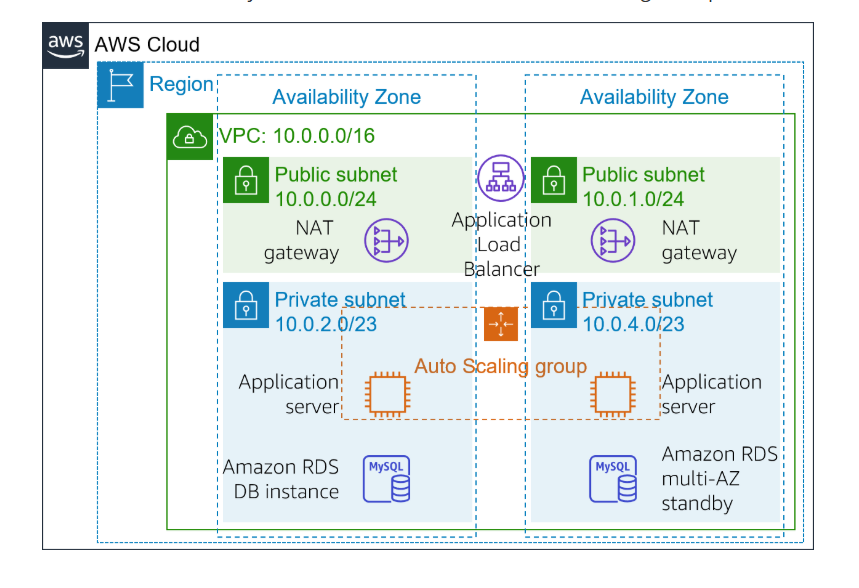When building on AWS, managing traffic efficiently is a core requirement. Whether you're deploying a web application, a streaming service, or a high-frequency trading system, load balancing ensures high availability, fault tolerance, and performance....
